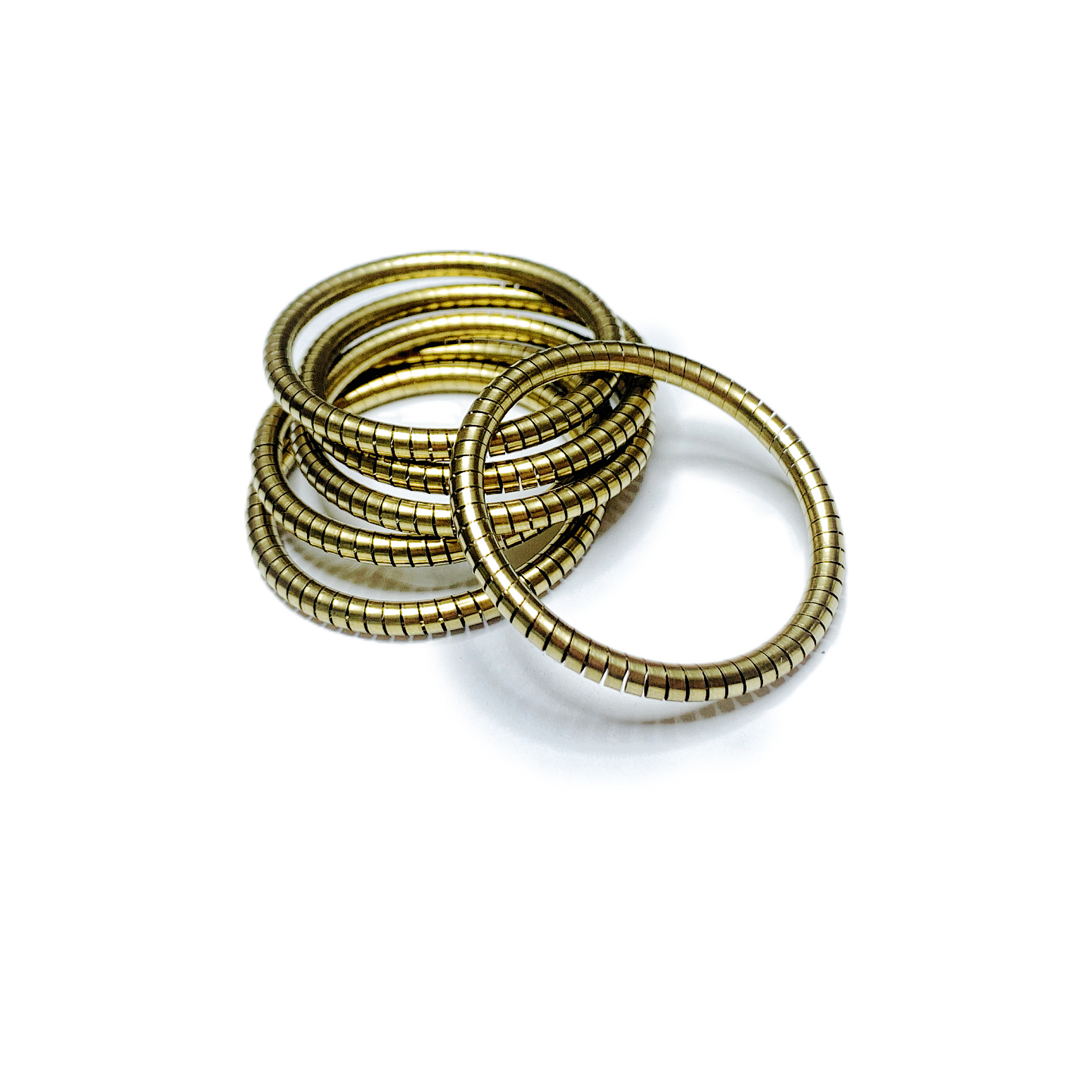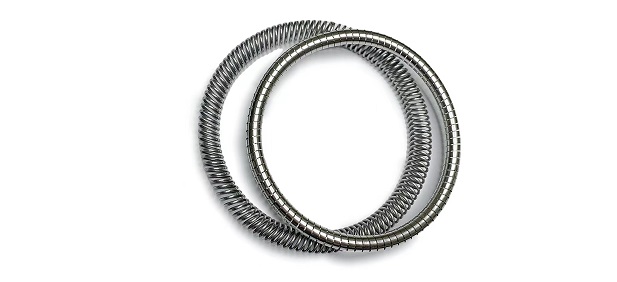Designing helical springs, also known as coil springs, is a critical process that requires attention to various factors to ensure they perform optimally in their intended application.

1. Determine Application Requirements:The design process starts with a clear understanding of the application’s requirements. This includes the spring’s purpose, load capacity, deflection, operating temperature, and environment (corrosive, high vibration, etc.).
2. Select Material:Choose an appropriate material for the spring based on factors like mechanical properties, corrosion resistance, and temperature resistance. Common materials include carbon steel, stainless steel, and various alloy steels.
3. Calculate Spring Parameters:Determine the key parameters, including wire diameter, coil diameter, number of active coils, and the spring’s free length. These parameters directly impact the spring’s behavior.
4. Calculate Spring Rate:Calculate the spring rate, also known as stiffness, which measures how much force is needed to compress or extend the spring by a specific distance. This is a crucial parameter in spring design.
5. Consider Stress and Strain:Analyze the spring’s stress and strain characteristics. Stress is the force applied to the spring, while strain is the resulting deformation. Ensure that the spring operates within its elastic limits to prevent permanent deformation.
6. Design for Safety Factors:Apply appropriate safety factors to ensure the spring can withstand variations in load, temperature, and other environmental conditions without failure.

7. Design for End Attachments:Consider the design of end attachments (hooks, loops, etc.) to ensure proper engagement with other components in the system.
8. Finite Element Analysis (FEA):Utilize Finite Element Analysis (FEA) or other simulation tools to optimize the spring design and predict its behavior under different conditions.
9. Prototype and Testing:Create a prototype of the designed spring for testing. This step helps validate the design’s performance and make any necessary adjustments.
10. Documentation:Document the design specifications, including drawings, material specifications, stress analysis results, and any other relevant information for manufacturing and quality control.
11. Manufacturing:Work with a manufacturer with expertise in spring manufacturing to produce the springs to the precise design specifications.
12. Quality Control:Implement quality control measures to ensure t hat the manufactured springs meet the design criteria and standards.
13. Installation and Maintenance:Provide guidelines for proper installation and maintenance to ensure the longevity and reliability of the spring in its intended application.
Helical spring design is a complex process that requires a deep understanding of mechanical engineering principles, materials science, and manufacturing techniques. By following these steps and considering all relevant factors, you can design helical springs that meet the specific needs of your application and ensure optimal performance.